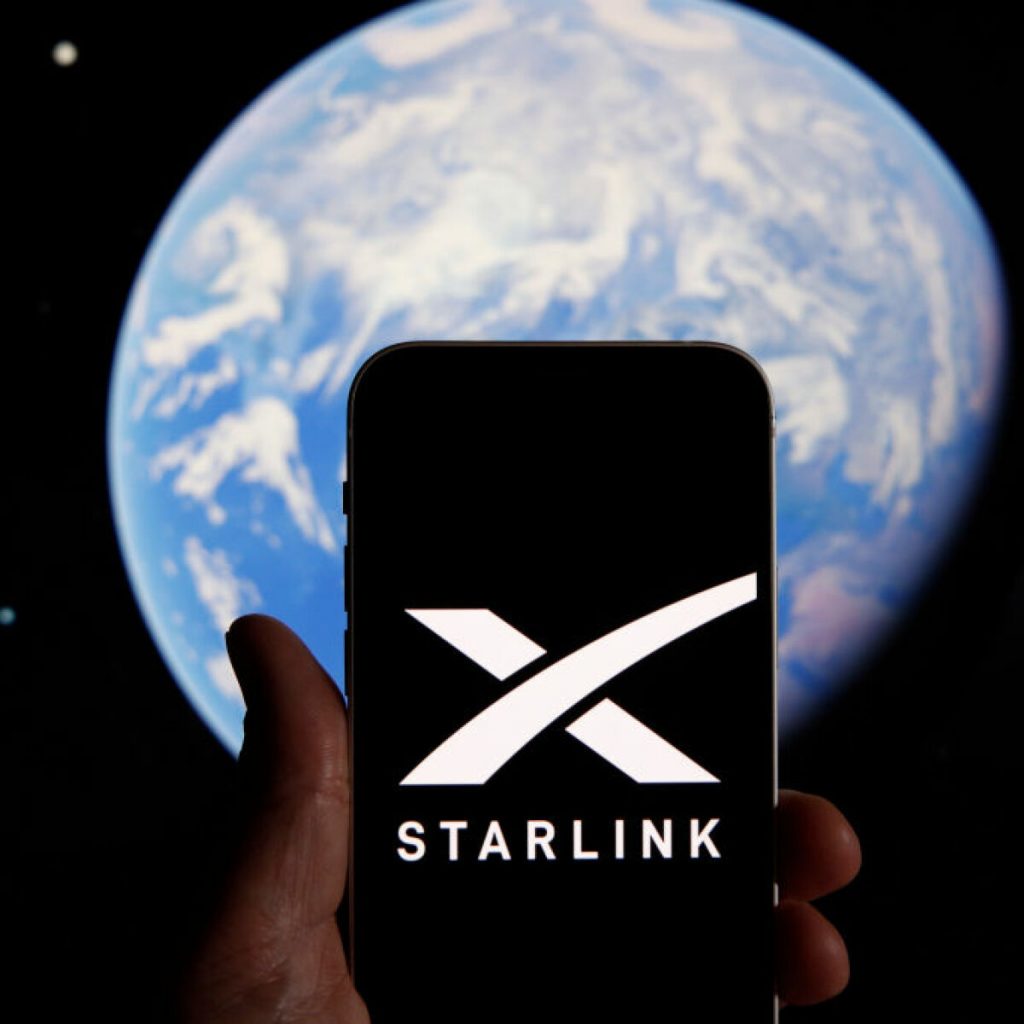Starlink is a satellite-based internet service developed by SpaceX that aims to provide high-speed internet access to remote and underserved areas. The network consists of a constellation of small, low-Earth orbit satellites that work together to provide broadband internet access. As of September 2022, the constellation consists of over 3,000 satellites, with plans to deploy nearly 12,000 in total. The service has over 500,000 subscribers as of June 2022, but Elon Musk wants more. Apparently, SpaceX is working on allowing users to connect their smartphones directly to the Starlink network.
SpaceX’s Starlink: Revolutionizing smartphone connectivity with direct satellite connections
In order to use SpaceX’s Starlink, a user needs to have certain equipment, such as an antenna and receiver. However, SpaceX is working on technology that will allow users to connect their smartphones directly to the Starlink network, eliminating the need for specialized equipment. This will make it easier for users to access high-speed internet from space and take advantage of Starlink’s capabilities.

SpaceX has filed an application with the US Federal Communications Commission (FCC) to equip some of its second-generation Starlink satellites with “direct-to-cellular” hardware. This will allow users to connect their smartphones directly to the Starlink network, providing them with high-speed internet access from space.
SpaceX has already launched 3,500 first-generation Starlink satellites, and has received approval from the FCC to launch 7,500 more “Gen2” satellites before the end of the decade. With the new “direct-to-cellular” hardware, the company hopes to provide voice, messaging, and basic web browsing services to users with theoretical peak speeds of up to 18.3 Mbps on the downlink.
The application is a key step towards SpaceX’s goal of offering service for smartphones via T-Mobile. In August, the company announced plans to connect the two data networks in an effort to eradicate mobile dead zones in the US.
Other companies, such as Texas-based AST SpaceMobile, are also working on offering space-based mobile broadband services. However, SpaceX’s large constellation of satellites and its partnership with T-Mobile give it a significant advantage in the race to provide reliable internet access from space. If all goes according to plan, SpaceX could offer “full and continuous” smartphone coverage with 2,000 equipped Gen2 satellites as soon as 2024.
RELATED:
- Starlink sets a data cap at 1TB per month for high-speed internet usage
- Say Goodbye to “No Cell Service”, SpaceX Announces Industry-Changing Starlink V2 Satellites
- Elon Musk warns that SpaceX’s Starlink system may be targeted in Ukraine
- Elon Musk’s Starlink may have lost 40 satellites due to a geomagnetic storm
- SpaceX Buys Massive Ad Campaign Package on Twitter for Starlink
(via)







